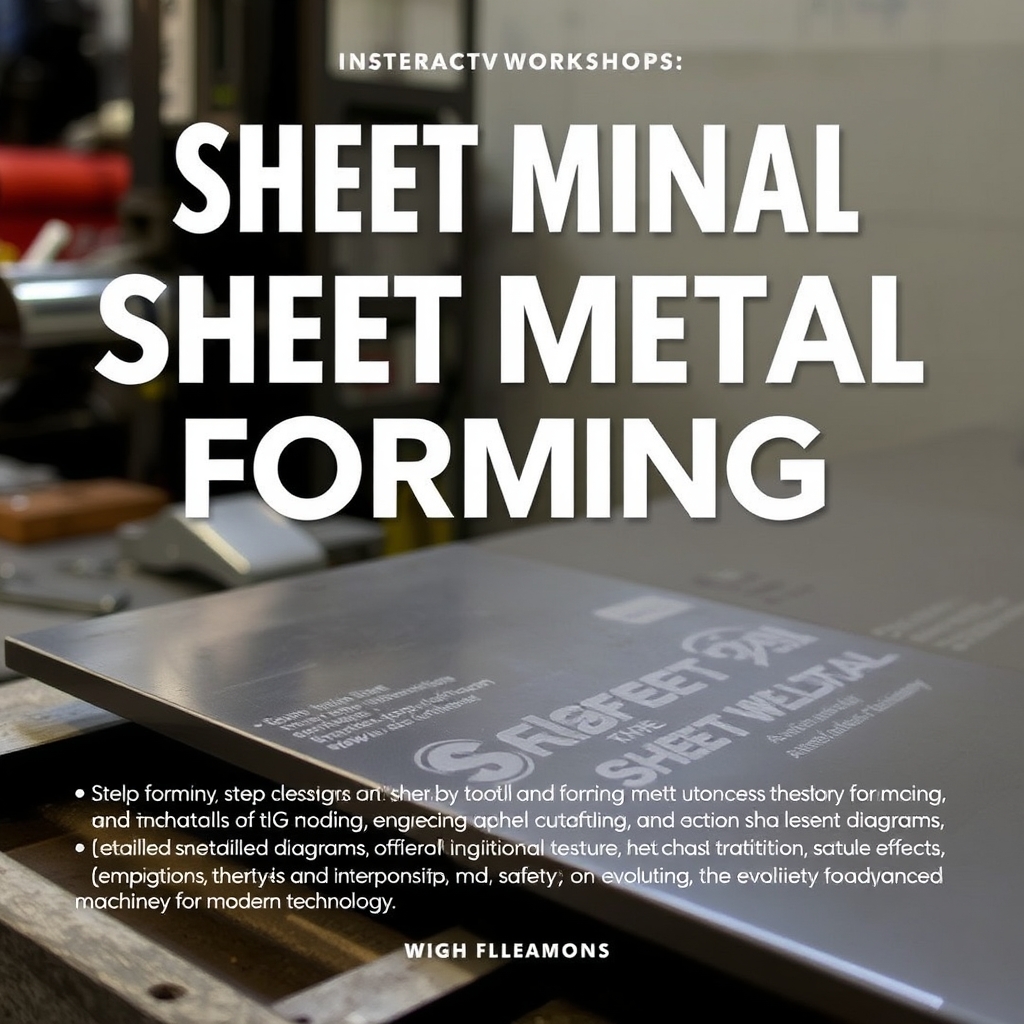
- +8615586668226
- [email protected]
- No. 30, Hongbang Industrial Park, Shenzhen

Grain direction and size directly affect the durabilitate, flexibility, și manufacturing efficiency of sheet metal parts. By understanding these factors, engineers can design components that withstand stress, reduce waste, and align with industry standards.
Sheet metal fabrication transforms flat metal sheets into functional parts through cutting, bending, and assembly. Common applications include brackets, incinte, și echipamente industriale. Key processes include:
Alt: Visualizing grain direction in sheet metal fabrication processes
Metals consist of polycrystalline structures—tiny crystals (grains) bound together. During rolling, these grains elongate, creating a grain direction that impacts material behavior:
| Grain Orientation | Putere | Aplicații comune |
|---|---|---|
| Longitudinal | Înaltă | Aerospace components |
| Transverse | Moderat | Electronice de consum |
Bending sheet metal against the grain requires more force but reduces cracking risks. Key considerations:
Pro Tip: For projects like robotic arms sau medical device housings, align bends perpendicular to the grain for optimal durability.
Smaller grains mean more grain boundaries, which block cracks and enhance strength. Factors affecting grain size:
Studiu de caz: A defense contractor reduced part failures by 30% after optimizing grain size through precision annealing.
When cutting multiple parts from a single sheet, align all components to the same grain direction. This ensures:
Explorați site-ul nostru servicii de fabricare a tablelor metalice for tailored nesting solutions.
Post-rolling treatments like recoacere sau normalizing adjust grain size:
Ideal pentru prototipuri personalizate requiring precise tolerances.
A major automotive brand faced repeated bracket failures due to improper grain alignment. By redesigning parts to bend against the grain, they achieved:
La CNC Manufacturing Service, we combine tăiere cu laser avansată și prelucrare de precizie to optimize grain structure. Our process includes:
Request a ofertă gratuită for projects requiring Prelucrare pe 5 axe sau producție la cerere.
Grain alignment impacts stress distribution. Parts bent cu the grain may crack under cyclic loads, common in echipamente industriale.
Yes! Processes like recoacere refine grain structure post-production.
Uniform grain direction ensures predictable behavior during mass production, vital for bunuri de consum.
Indirectly. Smaller grains slow crack propagation, enhancing durability in harsh environments like energy sector aplicații.
Ready to optimize your next project? Explore our Soluții CNC or contact us for a consultation!
Obțineți cele mai recente tendințe și fapte despre fabricarea CNC de pe blogul nostru.
Shenzhen Runkey Precision Technology Co. Ltd, o filială a Tensun Group, este soluția dvs. unică de încredere pentru producția personalizată, de la prototipuri la producție.Transformarea ideii dvs. în realitate cu resurse de producție digitale, procese raționalizate, îndrumare de specialitate, termene accelerate și calitate fără compromisuri.
©2024. CNC Fabrication Toate drepturile rezervate.